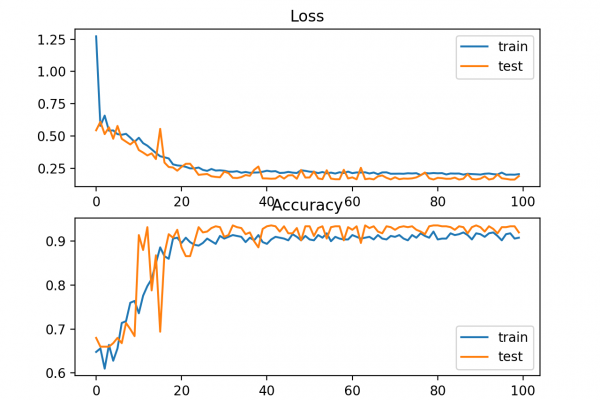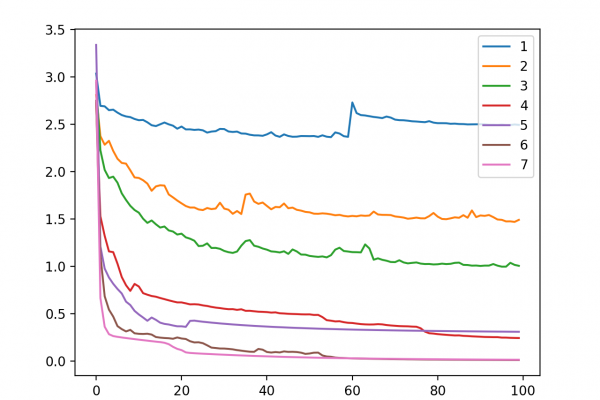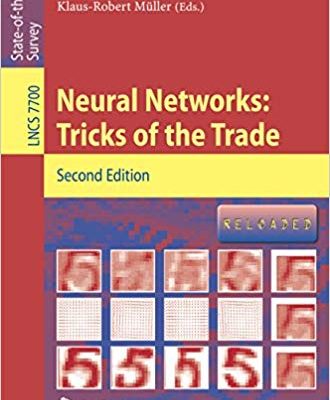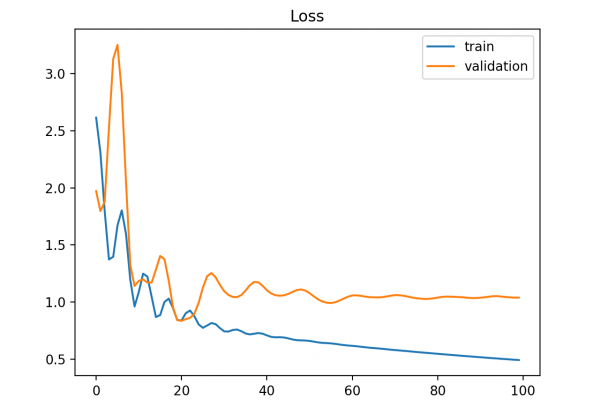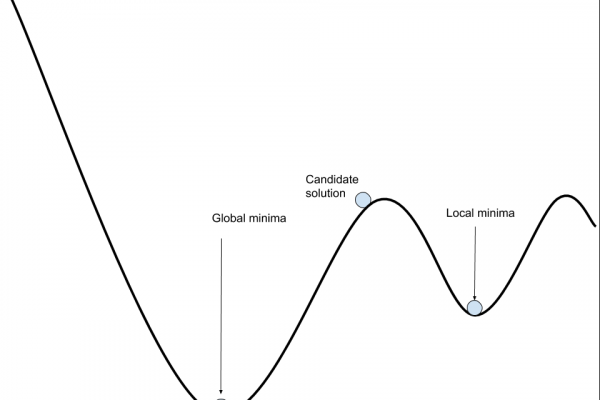How to Improve Performance With Transfer Learning for Deep Learning Neural Networks
Last Updated on August 25, 2020 An interesting benefit of deep learning neural networks is that they can be reused on related problems. Transfer learning refers to a technique for predictive modeling on a different but somehow similar problem that can then be reused partly or wholly to accelerate the training and improve the performance of a model on the problem of interest. In deep learning, this means reusing the weights in one or more layers from a pre-trained network […]
Read more